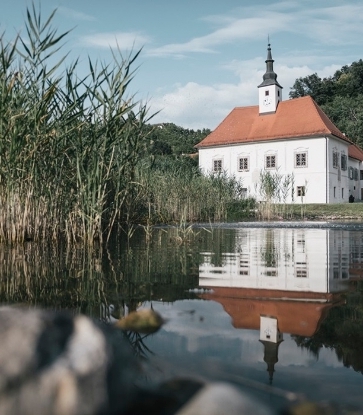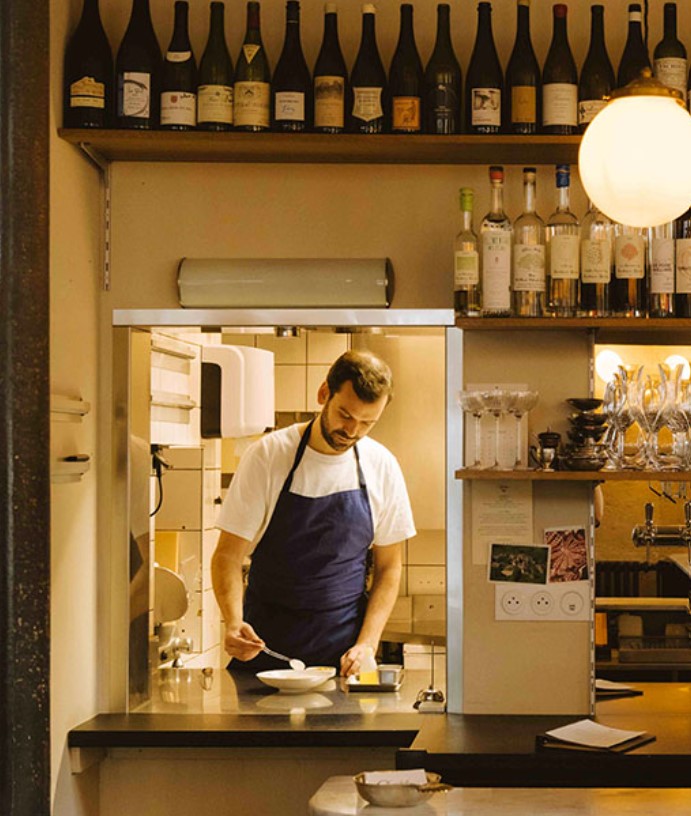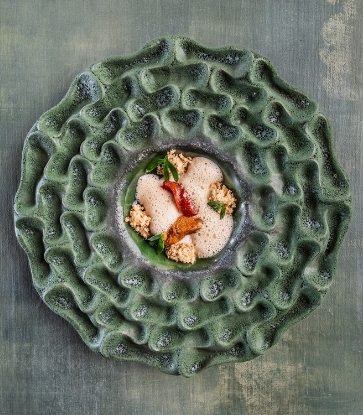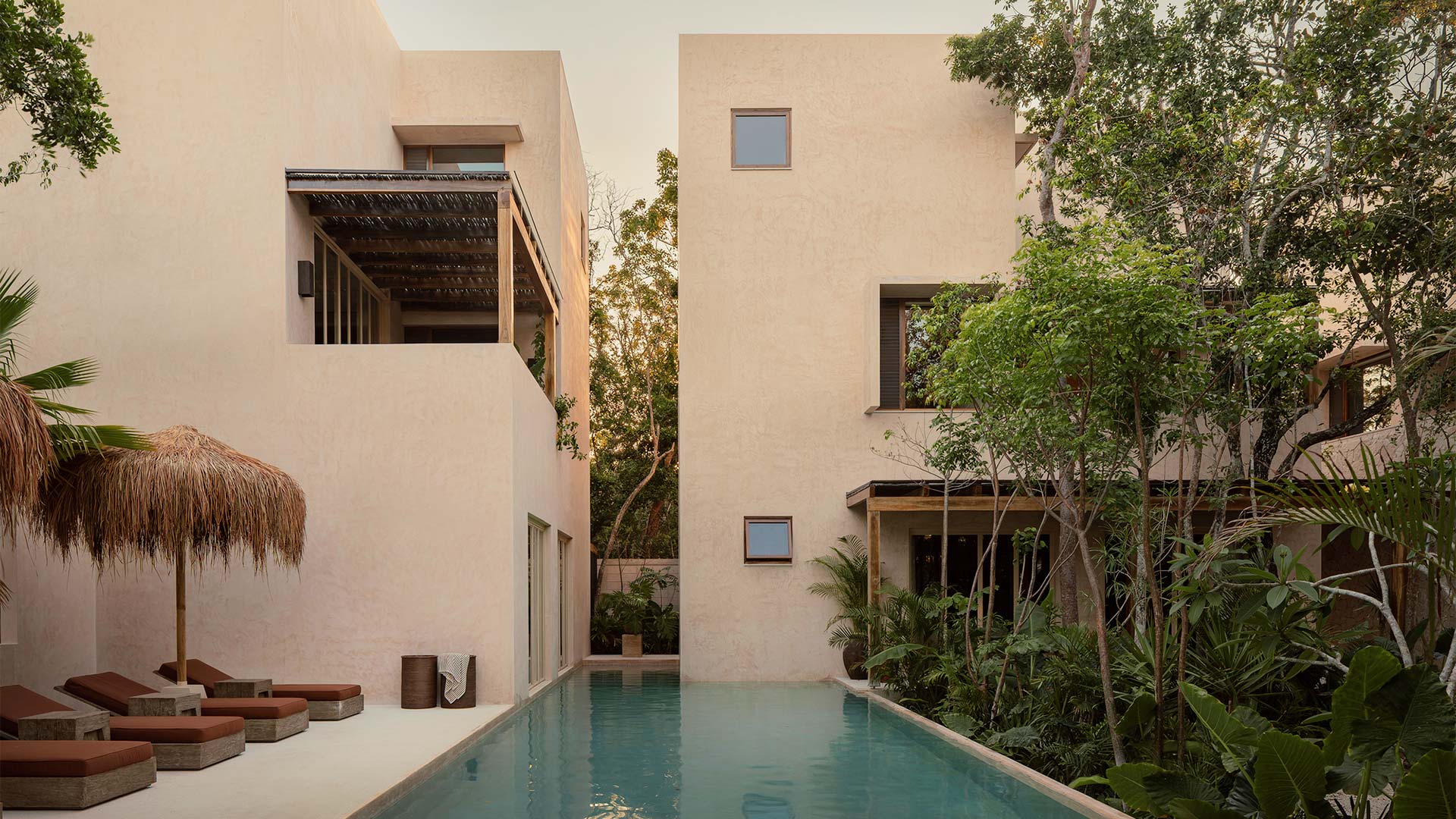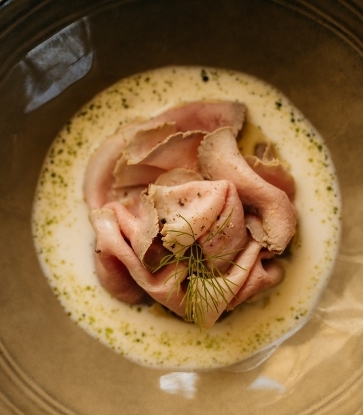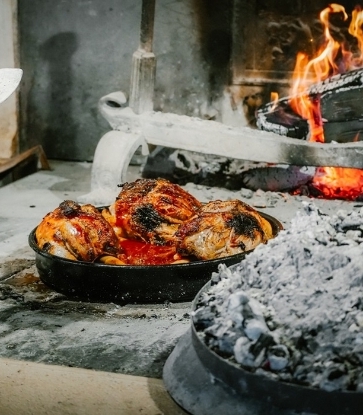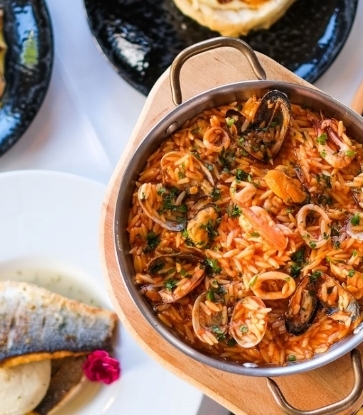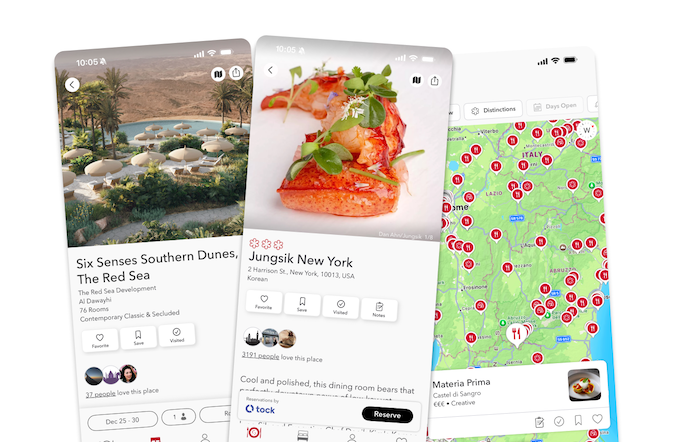But the Renaissance city’s retail is diverse, including in its markets. Some stock secondhand fashions and home goods, others are better known for top-shelf pantry items and produce — but all make for a great morning out. Here’s the vibe you can expect at each of the main players.

Sant’Ambrogio Market: The Market That’s Fed Florence for Generations
This is the OG Florentine food market, currently undergoing renovations but still open, where the freshness of the vegetables, cheeses, meats and fish on offer is rivaled only by the vitality of the vendors. For instance, Francesco “Checco” Contieri at the beloved butcher shop Lanini 1980, took up the baton after his father-in-law, founder Piero Lanini, stepped back during the COVID years. Scoop up picnic supplies from the outdoor stalls, or browse the spice, rice and pasta selection at Il Cernacchino for carry-on-friendly gifts. Don’t skip lunch at Trattoria Da Rocco, where gruff but good-natured staff hastily serve up comfort foods like ribollita (Tuscan bread and vegetable stew) and roasted potatoes to a bustling crowd of regulars and lucky visitors looking on.

Mercato delle Pulci: Where Florence’s Chicest Grandmas (and the People Who Love Them) Shop
Those who covet the homes and wardrobes of Florence’s elegant elders will find score after score at this small but mighty flea market — the literal translation of mercato delle pulci — just across the street from Sant’Ambrogio. Magpies seeking statement necklaces, party pitchers, vintage vinyl records, serving trays — this is your place. There’s a compact but one-of-a-kind selection of men’s and women’s wear too, and on the last Sunday of the month, the market expands beyond the covered portion to the surrounding streets, with an increased focus on antique furniture.

Mercato Centrale: Bringing A Modern Buzz to Renaissance Surroundings
The sleekest and best-branded in the lineup, the Mercato Centrale is the iron-and-glass heart of the San Lorenzo neighborhood, and a reminder of Florence’s brief 19th-century turn as the capital of Italy (after Turin and before Rome). The pavilion, modeled after Paris’ Les Halles market, was part of larger urban planning attempts to modernize the Renaissance city. The ground floor remains a lively center of greengrocers, cheesemongers and traditional market stalls, though contemporary stands, like a recently opened outpost of local specialty coffee franchise Ditta Artigianale, have also been given space. Upstairs is a commercial food court complete with a polished cooking school, a busy beer stand popular as a pit stop, and even American barbecue from Joe Bastianich.
Mercato delle Cascine: Where Florentines Actually Shop
This open-air affair, held every Tuesday morning on the portion of the Cascine Park running parallel to the Arno River, is a hyperlocal market and the largest in town. It’s recommended if what you’re mostly after is a passeggiata (stroll) and top-notch people-watching. Booths are mostly bargains on everyday items for residents — think children’s toys, hosiery, household supplies — rather than memorable souvenirs for visitors. But the lively community-bazaar atmosphere offers curious visitors a peek into life outside of the postcard-perfect centro storico (historic center) and the street food booths get points for good snack fare that pairs well with the Arno views.
Hero Image: Fresh produce is sold at Florence's Mercato Centrale. © ablokhin/iStock









